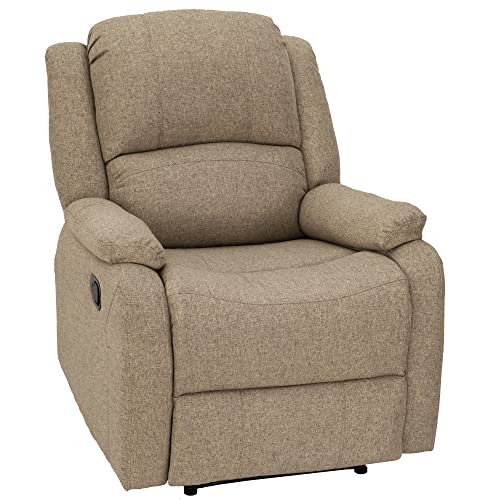eDJ_
Well-known member
Thoughts ^^^
It seems the Promaster is prone to water leakage in the cowling over the engine/transmission. Likewise some of the Transits.
Debris collects in the drainage system and as you would guess, it leaks on the most important components of the engine/transmission/battery etc. These have to be kept clean of leaves, road dust that will accumulate and once wet become mud, and even deterioration of plastic parts from engine heat & time. This is when rain water can enter the vents to the transmission, air intake of the engine,
and even enter the passenger compartment. Likewise A/C drainage or blockage has in some cases caused some issues.
It's my understanding that the transmission oil cooler is independent of the engine's radiator. So the transmission oil is cooled in it's own separate air exchange radiator. (thus water may not be getting into the transmission thru that component)
The early Pentastar engines were the ones with problems that would be expensive to fix.
It seems the Promaster is prone to water leakage in the cowling over the engine/transmission. Likewise some of the Transits.
Debris collects in the drainage system and as you would guess, it leaks on the most important components of the engine/transmission/battery etc. These have to be kept clean of leaves, road dust that will accumulate and once wet become mud, and even deterioration of plastic parts from engine heat & time. This is when rain water can enter the vents to the transmission, air intake of the engine,
and even enter the passenger compartment. Likewise A/C drainage or blockage has in some cases caused some issues.
It's my understanding that the transmission oil cooler is independent of the engine's radiator. So the transmission oil is cooled in it's own separate air exchange radiator. (thus water may not be getting into the transmission thru that component)
The early Pentastar engines were the ones with problems that would be expensive to fix.































































